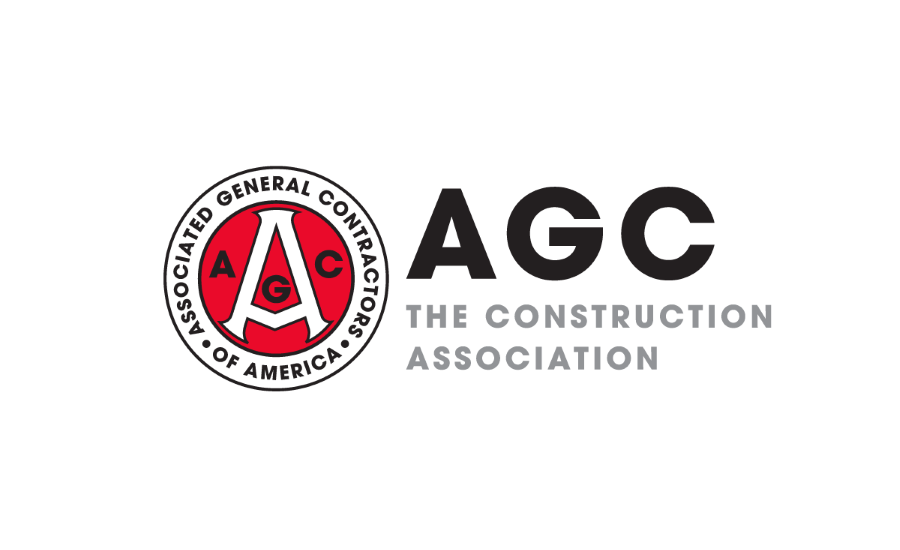Construction companies added 20,000 employees in November and continued to raise wages for hourly workers more steeply than other sectors as the industry’s unemployment rate tumbled, according to an analysis by the Associated General Contractors of America of new government data. Association officials said the data shows that firms would have added significantly more workers if they could find more people to hire.
“It is heartening that both residential and nonresidential construction firms were able to add employees in November,” said Ken Simonson, the association’s chief economist. “But the number of job openings continues to outpace hiring, suggesting employers wanted to bring on many more workers than they are able to find.”
Construction employment totaled a record-high 7,750,000 in November, an increase of 20,000 for the month and 248,000, or 3.3 percent, from a year earlier. Nonresidential firms—comprising nonresidential building and specialty trade contractors, along with heavy and civil engineering construction firms—added 16,300 employees in November. Residential building and specialty trade contractors together added 3,900 employees.
Pay levels in the construction industry continued to increase in November at a faster pace than in the overall private sector. Average hourly earnings for production and nonsupervisory workers in construction—mostly hourly craft workers—climbed by 6.1 percent, from $31.04 in November 2021 to $32.94 last month. That increase exceeded the 5.8 percent rise in average pay for all private sector production workers. Such workers in construction now earn an average of 17.2 percent more per hour than in the private sector as a whole.
The unemployment rate among job seekers with construction experience decreased from 4.7 percent in November 2021 to 3.9 percent last month, tying the 2018 rate for the lowest ever for November. The number of unemployed construction workers fell by 16 percent, from 469,000 in November 2021 to 393,000 in November of 2022.
A separate government report on Nov. 30 showed there were 377,000 job openings in construction at the end of October, which exceeded the number of employees—341,000—hired during that month. The excess of job openings over hires indicated the industry wanted to hire more than twice as many workers as it was able to find in the current low-unemployment environment, Simonson said.
Association officials noted they were taking steps to help, including running digital advertising recruiting campaigns and working to increase employee retention rates in the industry. But too few students are exposed to construction career opportunities in school, as educators encourage most students to pursue college degrees and office jobs, they warned. As a result, high-paying construction positions remain unfilled while many college graduates struggle to pay off student loans in lower-paying jobs.
“Public officials are missing a great opportunity to put many more people on the path to financial security,” said Stephen E. Sandherr, the association’s chief executive officer. “Instead of encouraging students to amass even more debt, we should be exposing them to careers where they can earn a great living without worrying about unsustainable levels of college debt.”


